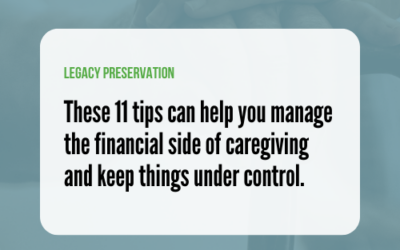Retirement Planning
Series I Bonds
Through October 2022, you can buy Series I bonds that pay 9.62 percent interest.
And you receive that rate for six months from the time of purchase.
What happens after that? On November 1, 2022, the U.S. Treasury Department sets a new six-month rate equal to the fixed rate (currently zero) plus the Consumer Price Index inflation rate.
The interest you earn for the first six months gets added to the principal, and you earn interest on that interest during the next six months (think compound interest).
Sounds too good to be true. There’s a trick, right? Not really, but the government keeps your money, both your principal and your interest, for at least one year.
Mechanics
It works like this: You are buying a 30-year bond. The interest rate changes every six months. You can cash out anytime after one year, but if you cash out before five years, you have to forfeit three months of interest (no big deal).
You don’t pay taxes on the interest until you cash out. You get the compounding effect tax-free. It’s like a Roth IRA without age limits and penalties.
Key point. You can’t lose the money you invest or the interest you earn, other than the three months’ worth if you cash in before five years.
When you do cash in, you pay federal income taxes on the interest, but you don’t pay state, county, or city income taxes.
It is possible (albeit unlikely for many of you) to avoid taxes on the interest altogether if you use the monies for qualified higher education expenses.
Okay, So What’s the Downside?
You can’t buy more than $10,000 per year, although if you buy from TreasuryDirect and also utilize your tax refund, you can acquire $15,000 of bonds per year. The I bond purchase limit on a tax return is $5,000—regardless of joint or single filing.
If you’re married, your spouse can buy $10,000, so now you’re up to $25,000 per year.
Now, let’s add in your corporation or corporations. Such entities can purchase up to $10,000 of such bonds per calendar year.
Example. Sam, his spouse, and his two corporations are hot for the 9.62 percent of tax-deferred interest. He has not yet filed his 2022 tax return, which shows a tax refund. With Sam, his spouse, and his two corporations, Sam can buy $45,000 of I bonds in calendar year 2022.
He can do the same during calendar year 2023.
The major downside to the bonds is that you cannot buy more than the annual limits above. There’s no overall limit, just the annual limits.
Inflation and Deflation
The Series I bond is based on inflation. So if inflation drops to zero, cash out that bond. Meanwhile, ride this inflation wave. And remember, your Series I bond cannot go down in value. If your $10,000 I bond earned $985 in interest, the new principal balance is $10,985 and that principal balance never goes down. Deflation can’t hurt it.
If you would like to discuss I bonds, please call us at 800-810-1736.
SERVICES WE OFFER RELATED TO THIS TOPIC
The information contained in this post is for general use and educational purposes only. However, we do offer specific services to our clients to help them implement the strategies mentioned above. For specific information and to determine if these services may be a good fit for you, please select any of the services listed below.
The 4x4 Financial Independence Plan ˢᵐ
Coaching and Consulting


EP 0012. The Three Generations of Annuities
The Financial Independence Now Podcast Hosted by Randy LuebkeIn Episode 12 of the Financial Independence Now podcast,...
11 Financial Tips to Make Caregiving Easier
Tax Planning Caregivers generally tend to their elderly/ disabled family members as a labor of love, but it can also...
EP 0011. Budgeting for Dummies
The Financial Independence Now Podcast Hosted by Randy LuebkeIn this episode of Financial Independence Now, host Randy...




